Home>Furniture & Design>Interior Design Trends>What Is Opal Glass
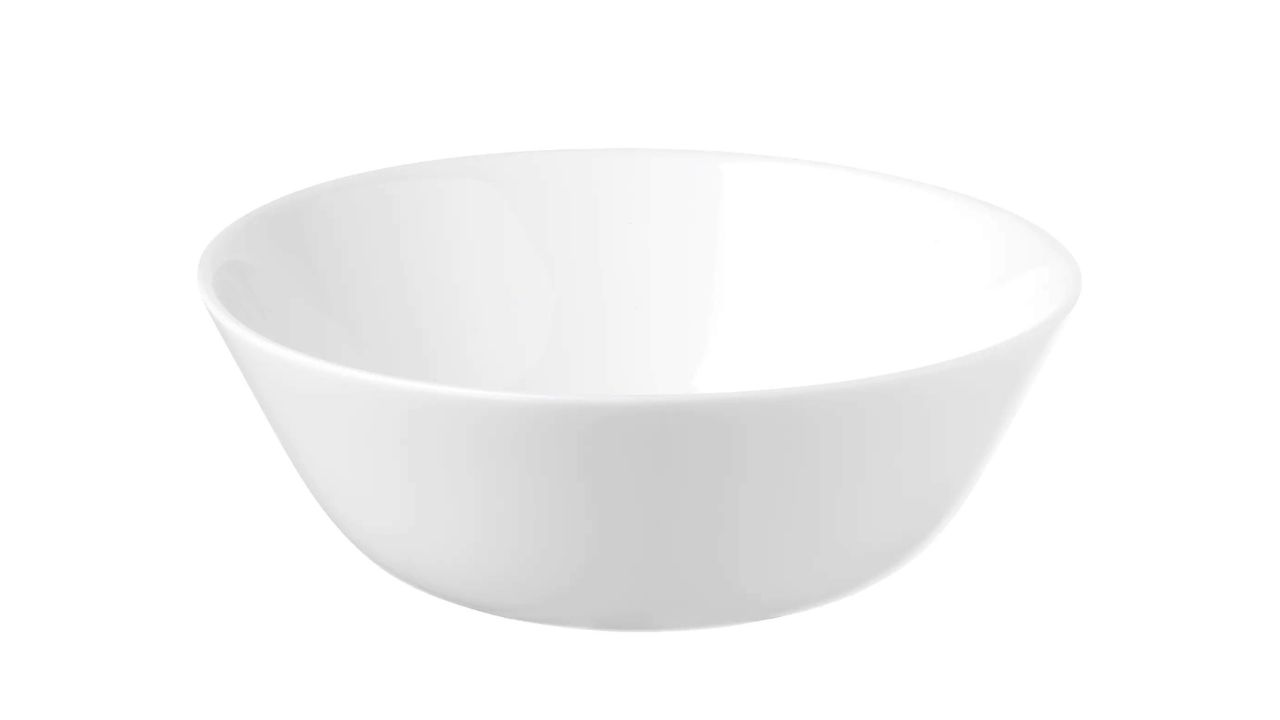

Interior Design Trends
What Is Opal Glass
Published: February 4, 2024
Discover the latest interior design trend with opal glass. Learn about its unique properties and how to incorporate it into your home decor. Explore the beauty and versatility of opal glass today!
(Many of the links in this article redirect to a specific reviewed product. Your purchase of these products through affiliate links helps to generate commission for Storables.com, at no extra cost. Learn more)
Introduction
Opal glass, also known as milk glass, is a type of opaque glass that has been cherished for centuries for its unique properties and versatile applications. This exquisite material has captivated artisans, designers, and collectors alike, and its timeless allure continues to inspire modern interior design trends.
Opal glass possesses a distinct milky-white appearance, which sets it apart from traditional transparent glass. Its opalescent quality gives it a soft, luminous glow, making it an enchanting addition to any space. Whether used in lighting fixtures, tableware, or decorative accents, opal glass exudes an elegant and ethereal charm that elevates the ambiance of any room.
The history of opal glass is rich and storied, dating back to ancient civilizations such as the Romans and Egyptians, who revered it for its mystical and symbolic significance. Over the centuries, opal glass has evolved in both production techniques and artistic expressions, leading to its widespread popularity in various cultures and design movements.
In this comprehensive exploration of opal glass, we will delve into its intriguing history, delve into its intriguing history, uncover its distinctive characteristics, explore its diverse uses, and unravel the fascinating process of its creation. Additionally, we will highlight the numerous benefits of opal glass, shedding light on why it remains a beloved choice for interior designers, homeowners, and collectors alike. Join us on this illuminating journey as we unravel the enchanting world of opal glass.
Key Takeaways:
- Opal glass, also known as milk glass, has a rich history dating back to ancient civilizations. Its opalescent appearance, versatility in design, and timeless elegance make it a captivating and enduring choice for interior design.
- The process of creating opal glass involves a meticulous blend of artistry and scientific precision, resulting in a material cherished for its ethereal beauty and enduring allure. Its elegant aesthetic appeal, ambient lighting properties, and durability enrich interior spaces with a touch of sophistication.
Read more: How To Store Opal
History of Opal Glass
Opal glass, with its opalescent allure and milky-white appearance, boasts a rich and fascinating history that spans centuries. The origins of opal glass can be traced back to ancient civilizations, where it held profound symbolic and mystical significance. The Romans and Egyptians, renowned for their advanced glassmaking techniques, revered opal glass for its ethereal beauty and enigmatic properties.
During the Renaissance period, opal glass experienced a resurgence in popularity, particularly in Venice, Italy, where skilled artisans honed their craft to create exquisite opal glass pieces. This era marked a significant turning point in the history of opal glass, as it became synonymous with luxury and sophistication, adorning the palaces of nobility and the homes of the elite.
In the 19th century, opal glass underwent a transformation with the advent of mass production techniques, making it more accessible to a wider audience. This led to its integration into everyday household items, such as tableware, lampshades, and decorative ornaments, further solidifying its status as a beloved material in interior design.
The 20th century witnessed a resurgence of opal glass in various design movements, including Art Nouveau and Art Deco, where its ethereal quality and versatility made it a favored medium for creating striking decorative pieces and lighting fixtures. Opal glass continued to evolve, adapting to modern design sensibilities while retaining its timeless appeal.
Today, opal glass remains a cherished material in interior design, revered for its enduring beauty and ability to infuse spaces with a sense of elegance and refinement. Its rich history, spanning ancient civilizations to contemporary design trends, is a testament to its enduring allure and timeless appeal.
The history of opal glass is a captivating narrative that intertwines artistry, craftsmanship, and cultural significance, shaping its evolution into a cherished medium that continues to inspire and enchant. As we delve deeper into the world of opal glass, we gain a deeper appreciation for its storied past and its enduring legacy in the realm of interior design.
Characteristics of Opal Glass
Opal glass possesses a distinctive set of characteristics that distinguish it from traditional transparent glass and contribute to its enduring allure in interior design. Understanding these unique traits is essential for appreciating the timeless beauty and versatility of opal glass.
-
Opalescent Appearance: The defining characteristic of opal glass is its opalescent or milky-white appearance. This ethereal quality gives opal glass a soft, diffused glow, creating a captivating luminosity that sets it apart from other types of glass. This opalescent effect is achieved through the addition of various minerals or compounds during the glassmaking process, resulting in a mesmerizing play of light and color.
-
Opaque and Translucent: Opal glass exhibits both opaque and translucent properties, allowing diffused light to pass through while maintaining a degree of opacity. This unique combination makes it an ideal choice for creating ambient lighting fixtures, decorative accents, and tableware that exude a subtle, enchanting radiance.
-
Smooth Texture: Opal glass is prized for its smooth, tactile texture, which adds a luxurious and refined feel to any object crafted from this material. Whether used in the creation of vases, bowls, or pendant lights, the smooth surface of opal glass enhances its visual appeal and tactile allure.
-
Versatility in Design: The versatility of opal glass is a key characteristic that makes it a favored medium for designers and artisans. It can be molded, blown, or pressed into a myriad of shapes and forms, allowing for the creation of intricate patterns, delicate filigree, and sculptural details that enhance its aesthetic appeal.
-
Heat Resistance: Opal glass exhibits excellent heat resistance, making it suitable for use in lighting fixtures, lampshades, and kitchenware. Its ability to withstand high temperatures without compromising its integrity adds to its practicality and longevity.
-
Timeless Elegance: One of the most notable characteristics of opal glass is its timeless elegance. Whether incorporated into vintage-inspired decor or modern, minimalist interiors, opal glass exudes a sense of timeless sophistication that transcends design trends and fads.
Understanding the characteristics of opal glass provides insight into its enduring appeal and its ability to elevate the ambiance of any space. From its opalescent glow to its versatile design possibilities, opal glass continues to captivate and inspire, cementing its status as a beloved material in the world of interior design.
Uses of Opal Glass
Opal glass, with its ethereal opalescent appearance and versatile characteristics, finds a myriad of captivating uses across the realm of interior design and decorative arts. Its unique properties make it a favored material for creating a wide range of functional and ornamental objects that add a touch of elegance and sophistication to various spaces.
1. Lighting Fixtures
Opal glass is widely utilized in the creation of lighting fixtures, including pendant lights, chandeliers, and sconces. Its opalescent quality diffuses light beautifully, creating a soft, ambient glow that enhances the atmosphere of any room. Whether used in traditional or contemporary lighting designs, opal glass lends a timeless allure to luminous installations.
Read more: How To Store Rough Opal
2. Tableware and Drinkware
Opal glass is a popular choice for crafting tableware and drinkware due to its smooth texture and elegant appearance. From delicate opal glass dinnerware sets to exquisite glassware, its opalescent sheen adds a touch of refinement to dining experiences. The translucent nature of opal glass also makes it ideal for creating tea sets, serving bowls, and decorative platters that exude understated luxury.
3. Decorative Accents
Opal glass is often employed in the creation of decorative accents such as vases, bowls, and sculptures. Its versatility in design allows artisans to mold it into intricate shapes and patterns, resulting in captivating decorative pieces that serve as focal points in interior decor. Whether displayed as standalone art objects or used to showcase floral arrangements, opal glass decorative accents add a touch of sophistication to any setting.
4. Architectural Elements
In architectural applications, opal glass is utilized for creating decorative panels, partitions, and windows. Its opalescent quality allows natural light to filter through, creating a serene and luminous ambiance within interior spaces. Whether incorporated into modern office interiors or traditional residential settings, opal glass architectural elements contribute to a sense of openness and visual intrigue.
5. Artistic Installations
Opal glass serves as a medium for artistic installations and sculptural artworks, allowing artists to explore its unique properties in creating captivating visual experiences. From large-scale installations in public spaces to delicate glass sculptures in art galleries, opal glass inspires creativity and evokes a sense of wonder through its enchanting opalescent glow.
The diverse uses of opal glass underscore its enduring appeal and its ability to elevate the aesthetic and functional aspects of interior design. Whether adorning lighting fixtures, tableware, decorative accents, architectural elements, or artistic installations, opal glass continues to captivate with its timeless elegance and ethereal allure.
Read more: How To Connect Opal Ice Maker To Phone
How Opal Glass Is Made
The process of creating opal glass is a fascinating blend of artistry, precision, and scientific ingenuity. It involves a series of intricate steps that transform raw materials into the enchanting opalescent material cherished for its luminous beauty and versatile applications.
-
Raw Materials: The production of opal glass begins with a meticulous selection of high-quality raw materials, including silica sand, soda ash, limestone, and other proprietary additives. These ingredients are carefully measured and mixed to form a homogeneous batch that serves as the foundation for the glassmaking process.
-
Melting and Refining: The batch is then fed into a furnace, where it undergoes a high-temperature melting process. Inside the intense heat of the furnace, the raw materials fuse together, forming a molten glass mixture. This molten glass undergoes refining to remove any impurities, ensuring the resulting opal glass achieves the desired clarity and opalescent quality.
-
Opacifying Agents: To achieve the characteristic opalescent appearance, opacifying agents such as fluorides, phosphates, or bone ash are introduced into the molten glass. These agents create the milky-white opacity and opalescent effect that define opal glass, giving it a soft, diffused glow that sets it apart from traditional transparent glass.
-
Shaping and Forming: Once the opalescent glass mixture reaches the desired consistency and opalescent quality, it is ready to be shaped and formed. Skilled artisans utilize various techniques such as blowing, pressing, or molding to transform the molten glass into the desired shapes and forms, whether it be delicate vases, intricate lighting fixtures, or ornate decorative accents.
-
Annealing and Cooling: The newly formed opal glass objects undergo an annealing process, where they are gradually cooled at a controlled rate to relieve internal stresses and enhance their structural integrity. This critical step ensures that the opal glass achieves the necessary strength and durability to withstand everyday use and display its timeless elegance.
The meticulous process of creating opal glass combines traditional craftsmanship with modern technology, resulting in a material that embodies the ethereal beauty and enduring allure that has captivated artisans and designers for centuries. From the careful selection of raw materials to the precise manipulation of opacifying agents and the skilled artistry of shaping and forming, each stage of the opal glassmaking process contributes to the creation of a material that continues to enchant and inspire with its opalescent radiance.
Benefits of Opal Glass
Opal glass offers a myriad of compelling benefits that contribute to its enduring popularity and widespread use in interior design and decorative arts. From its captivating opalescent appearance to its practical advantages, opal glass stands out as a versatile and timeless material that enriches both functional and aesthetic aspects of various spaces.
-
Elegant Aesthetic Appeal: The opalescent quality of opal glass imbues it with a soft, diffused glow that exudes an understated elegance. Whether used in lighting fixtures, decorative accents, or architectural elements, opal glass adds a touch of sophistication to any interior setting, creating a serene and luminous ambiance.
-
Versatility in Design: Opal glass's versatility allows for the creation of intricate patterns, delicate forms, and sculptural details, making it an ideal medium for artisans and designers to express their creativity. Its ability to be molded, blown, or pressed into various shapes and forms enables the production of diverse objects that range from delicate vases to ornate chandeliers.
-
Ambient Lighting: When used in lighting fixtures, opal glass diffuses light beautifully, creating a gentle, ambient glow that enhances the overall atmosphere of a room. Its opalescent quality softens harsh light, making it an ideal choice for creating inviting and tranquil spaces.
-
Timeless Elegance: Opal glass possesses a timeless quality that transcends design trends, making it a versatile choice for both traditional and contemporary interiors. Its enduring elegance ensures that opal glass objects remain captivating and relevant, adding a sense of refinement to any decor style.
-
Heat Resistance: Opal glass exhibits excellent heat resistance, making it suitable for use in lighting fixtures, lampshades, and kitchenware. Its ability to withstand high temperatures without compromising its opalescent quality and structural integrity enhances its practicality and longevity.
-
Durability and Longevity: Opal glass objects are known for their durability and longevity, making them a valuable investment for both functional and decorative purposes. Whether used in everyday tableware or decorative accents, opal glass retains its timeless allure and aesthetic appeal over time.
The benefits of opal glass underscore its enduring appeal and its ability to elevate the aesthetic and functional aspects of interior design. Its unique combination of elegant aesthetics, versatile design possibilities, and practical advantages makes opal glass a cherished material that continues to captivate and inspire, enriching interior spaces with its ethereal opalescent radiance.
Opal glass, also known as milk glass, is a type of opaque glass that is often used for decorative items and tableware. It has a milky white appearance and is valued for its durability and heat resistance.
Conclusion
In conclusion, the enchanting world of opal glass encompasses a rich tapestry of history, distinctive characteristics, diverse uses, meticulous production processes, and compelling benefits. From its ancient origins to its enduring presence in modern interior design, opal glass continues to captivate and inspire with its ethereal opalescent allure.
The history of opal glass is a testament to its enduring legacy, spanning ancient civilizations, Renaissance opulence, and modern design movements. Its journey from revered symbolic significance to widespread popularity reflects its timeless appeal and ability to transcend cultural and temporal boundaries.
The characteristics of opal glass, including its opalescent appearance, versatility in design, and timeless elegance, contribute to its enduring allure and versatility in various applications. Whether adorning lighting fixtures, tableware, decorative accents, or architectural elements, opal glass infuses spaces with a sense of refinement and sophistication.
The meticulous process of creating opal glass, from the selection of raw materials to the shaping and annealing of the finished objects, combines traditional craftsmanship with modern technology. This intricate process results in a material that embodies the ethereal beauty and enduring allure that has captivated artisans and designers for centuries.
The benefits of opal glass, including its elegant aesthetic appeal, versatility in design, ambient lighting properties, timeless elegance, heat resistance, and durability, underscore its enduring popularity and its ability to enrich both functional and aesthetic aspects of interior spaces.
In essence, opal glass stands as a timeless symbol of elegance, refinement, and artistic ingenuity. Its opalescent radiance continues to captivate and inspire, infusing interior spaces with a sense of enchantment and sophistication. As we conclude our exploration of opal glass, we are reminded of its enduring legacy and its ability to transcend time, captivating generations with its luminous beauty and timeless allure.
Frequently Asked Questions about What Is Opal Glass
Was this page helpful?
At Storables.com, we guarantee accurate and reliable information. Our content, validated by Expert Board Contributors, is crafted following stringent Editorial Policies. We're committed to providing you with well-researched, expert-backed insights for all your informational needs.

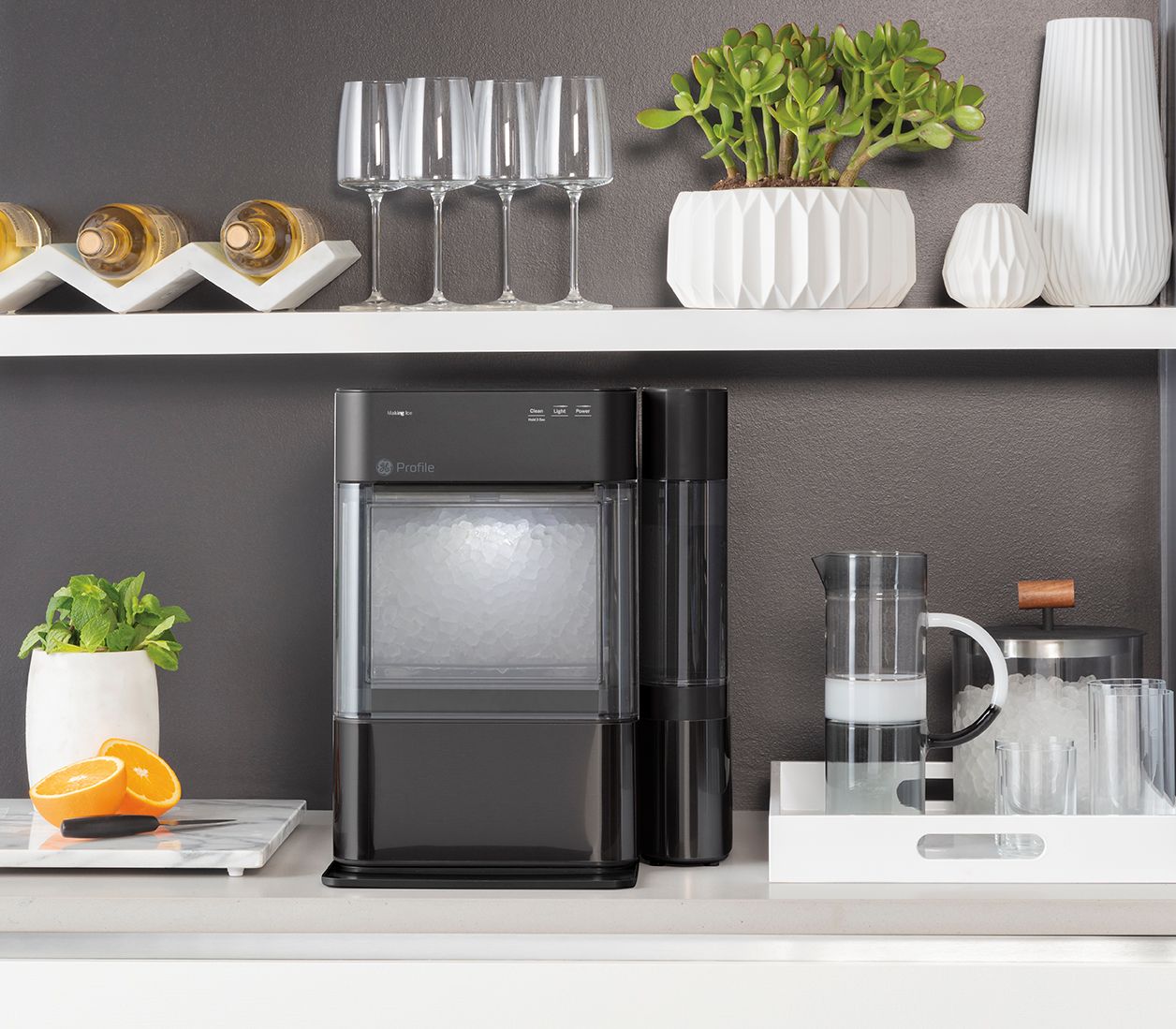
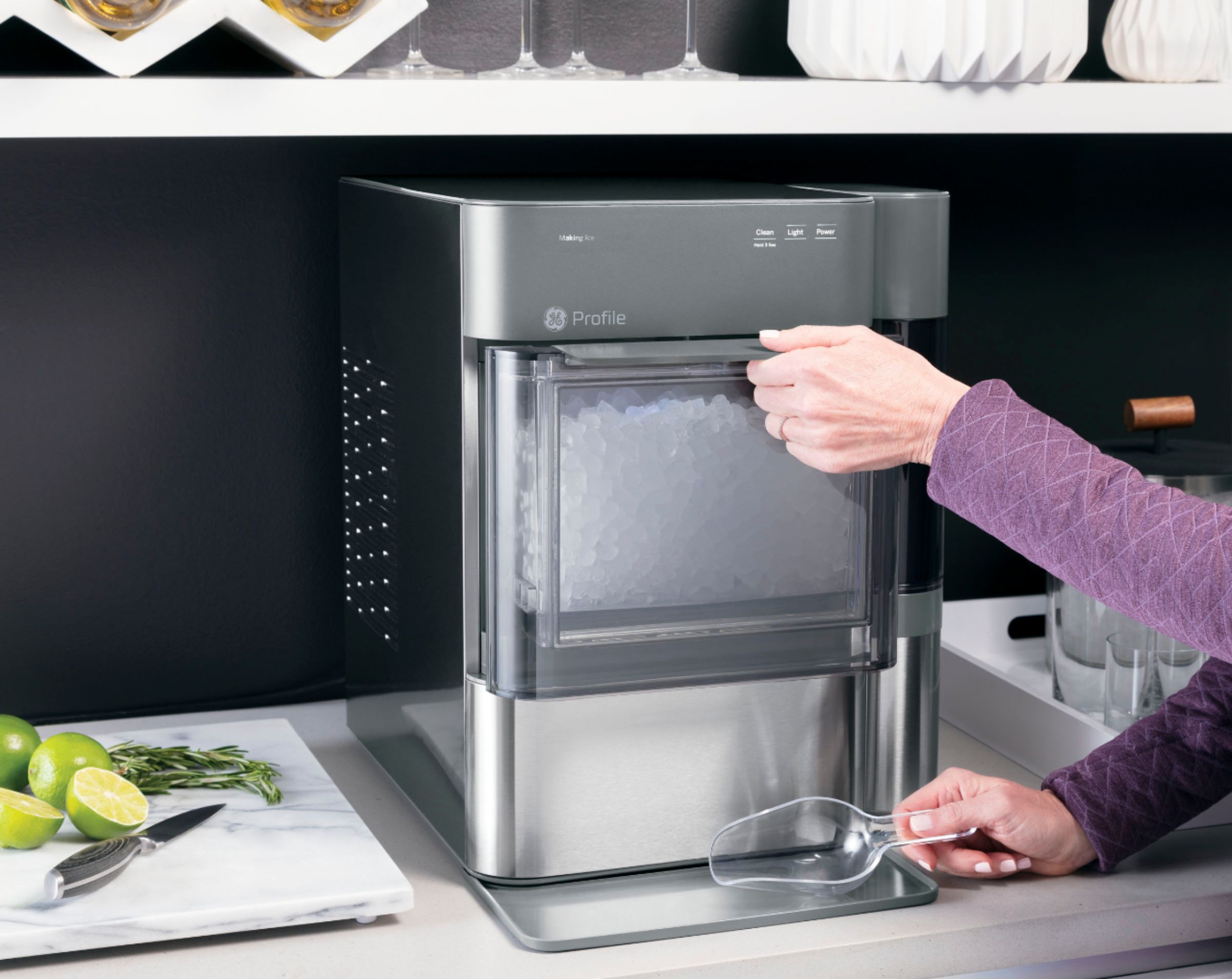
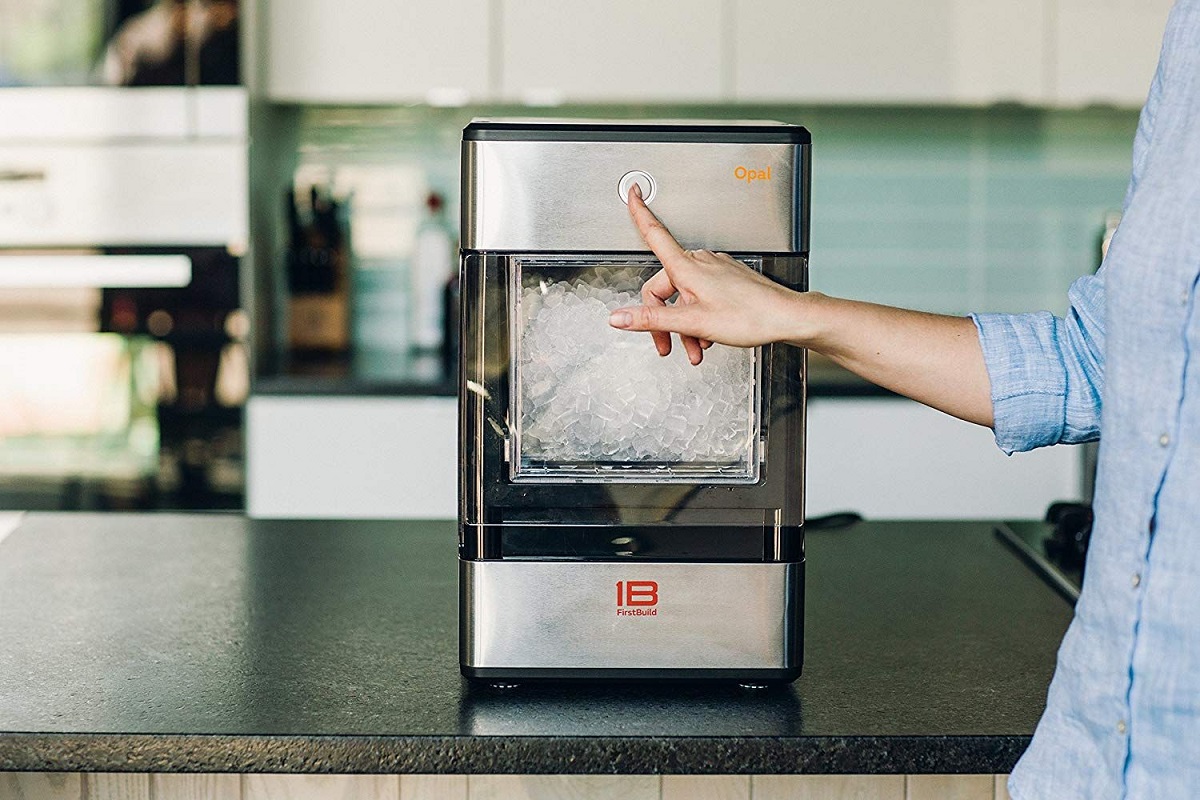

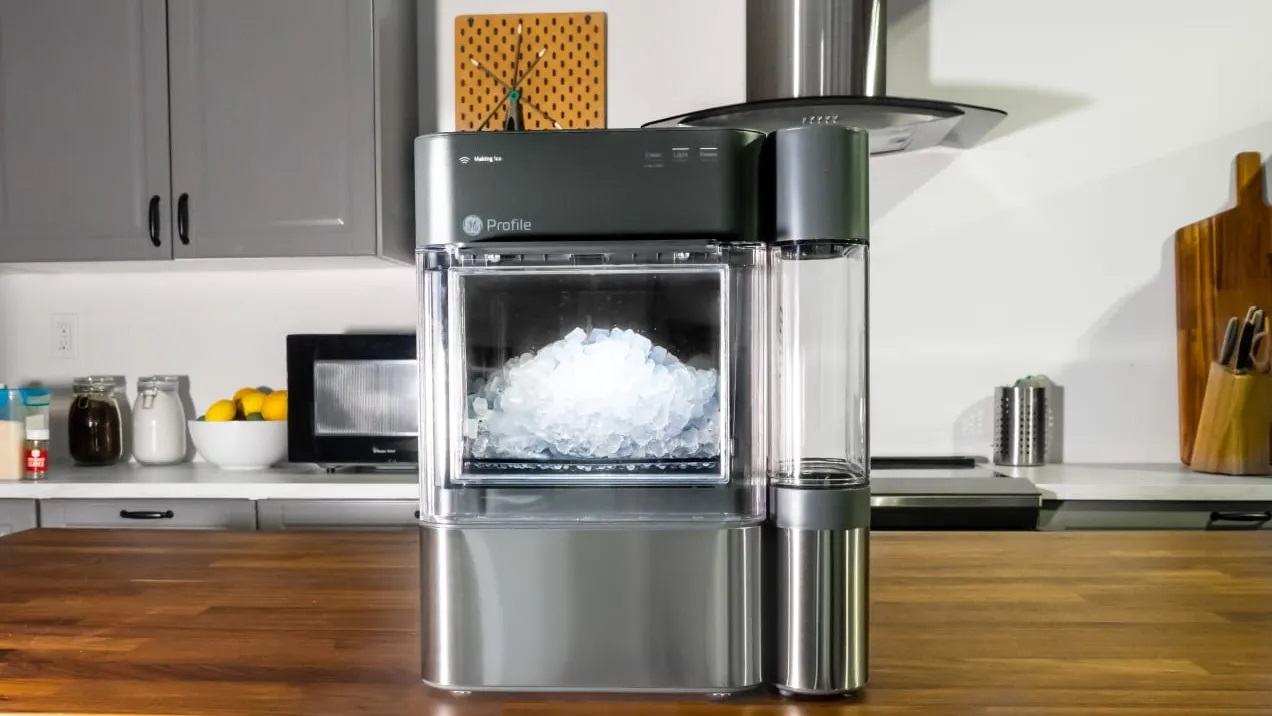
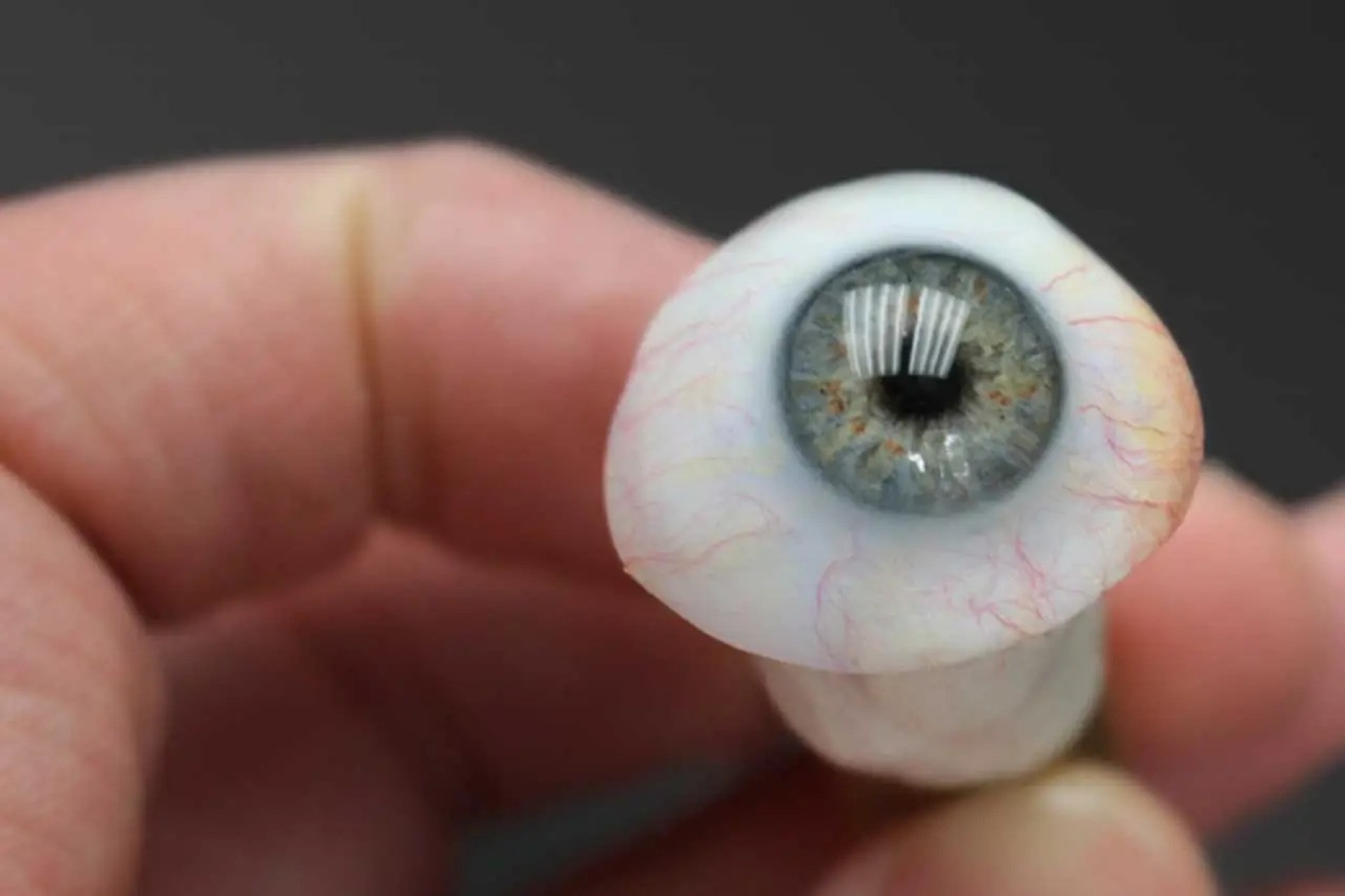
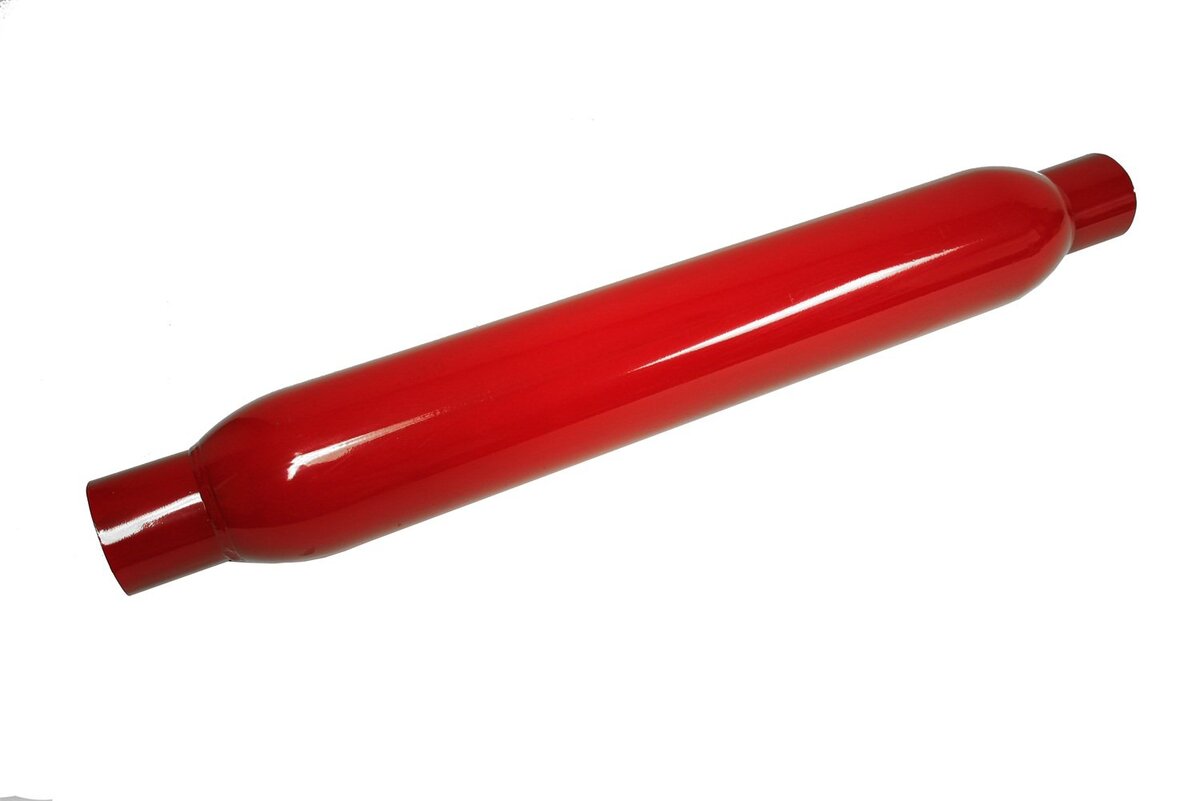

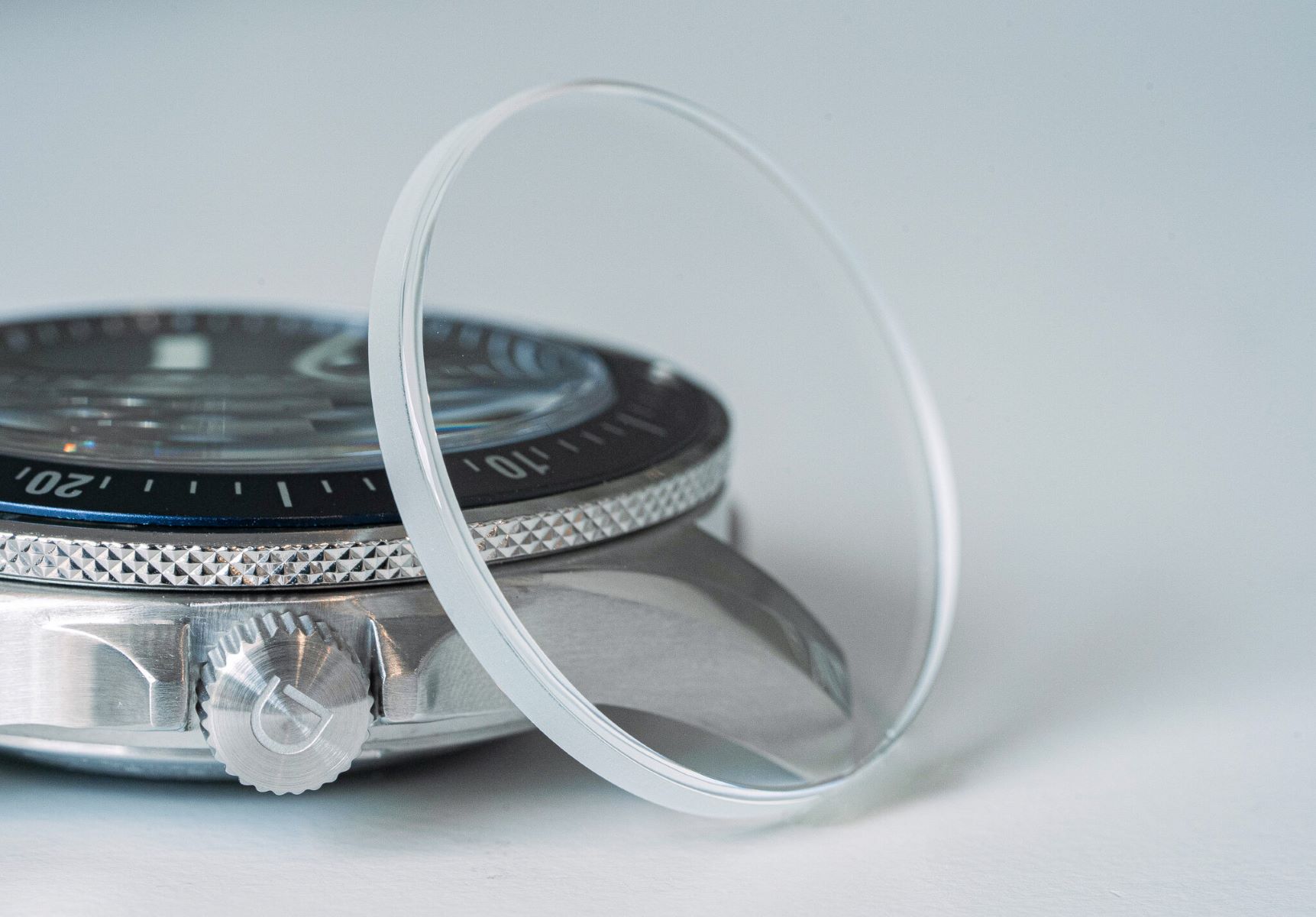
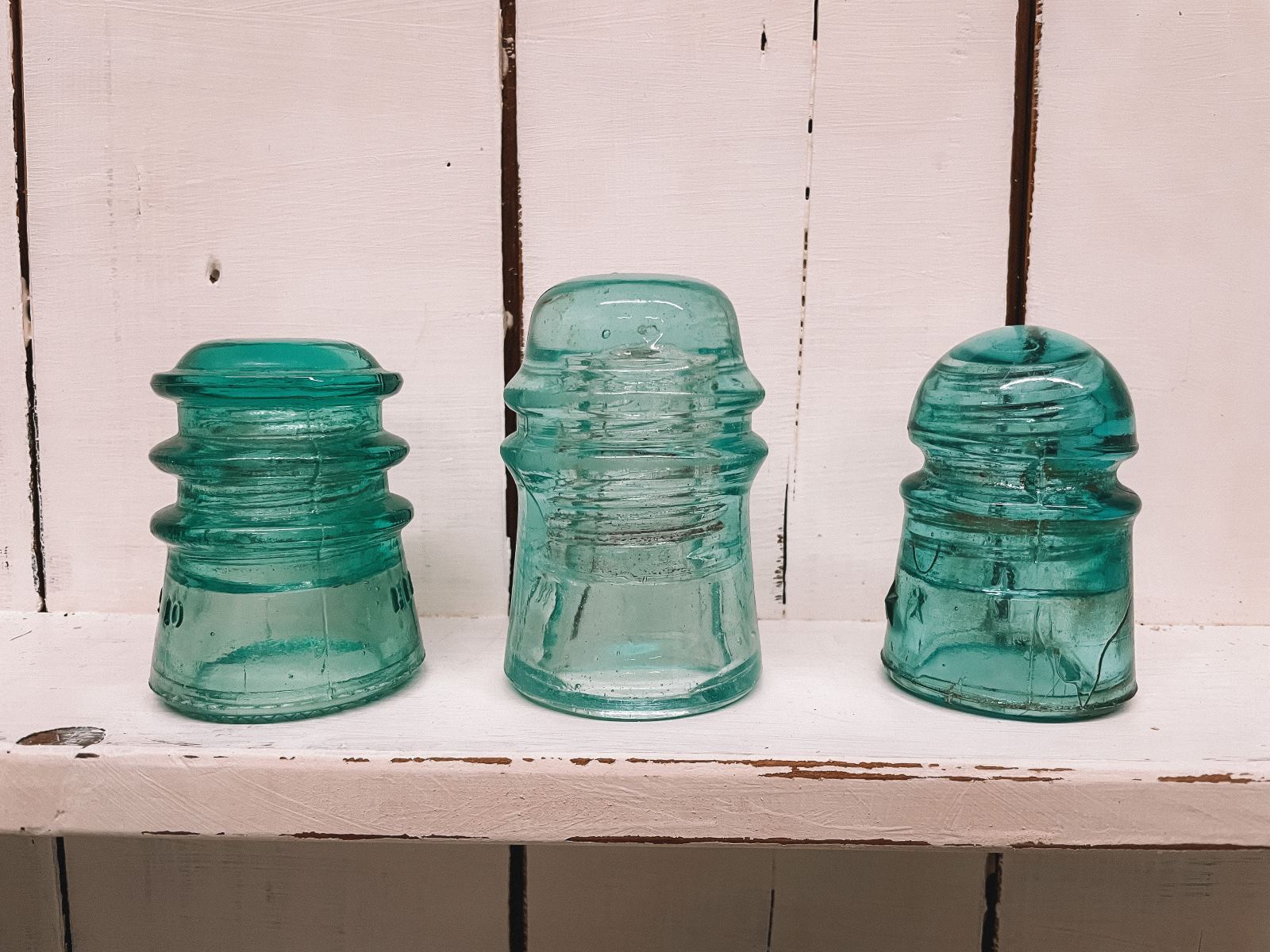
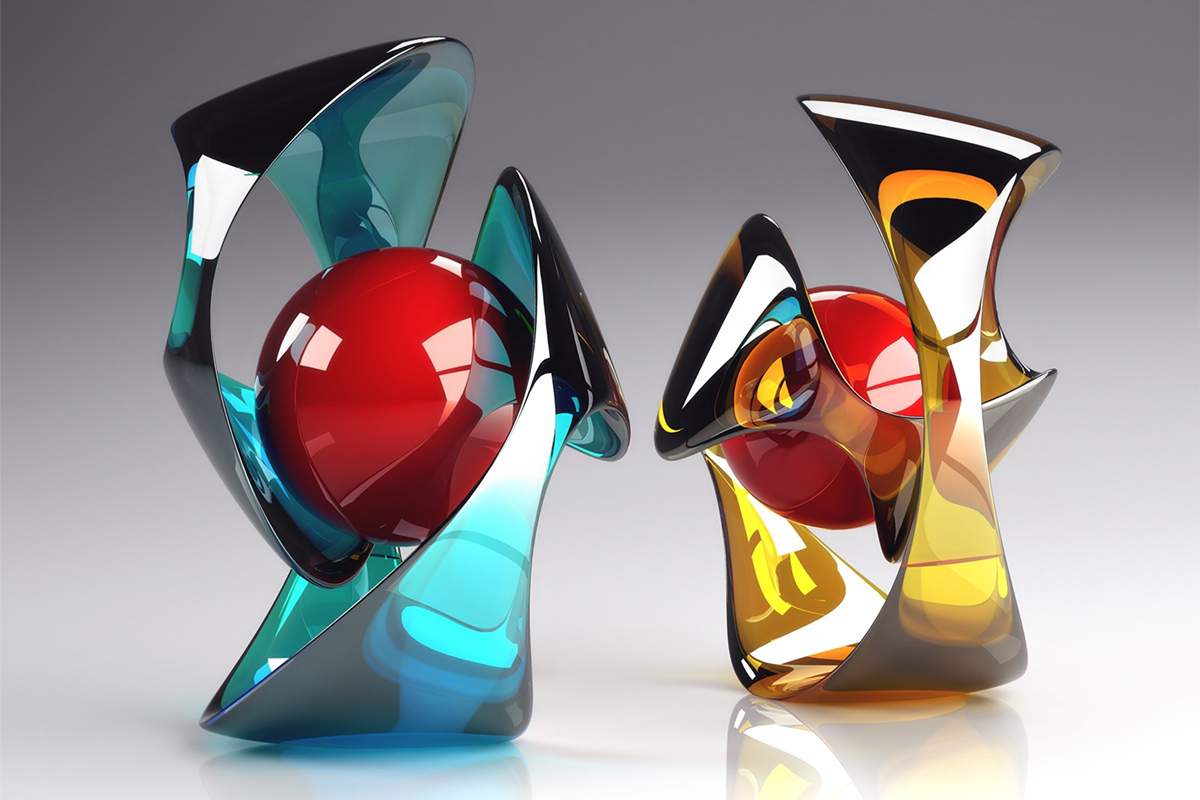


0 thoughts on “What Is Opal Glass”